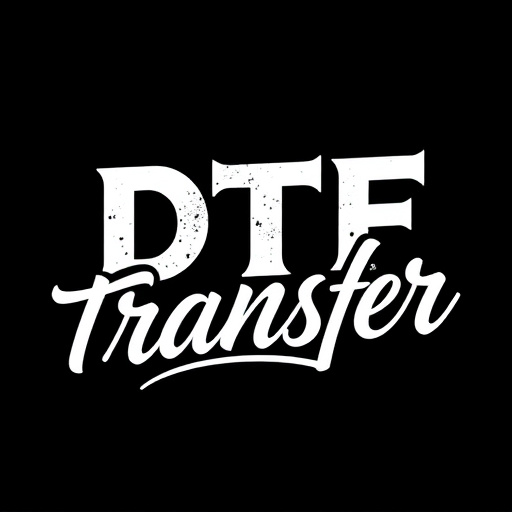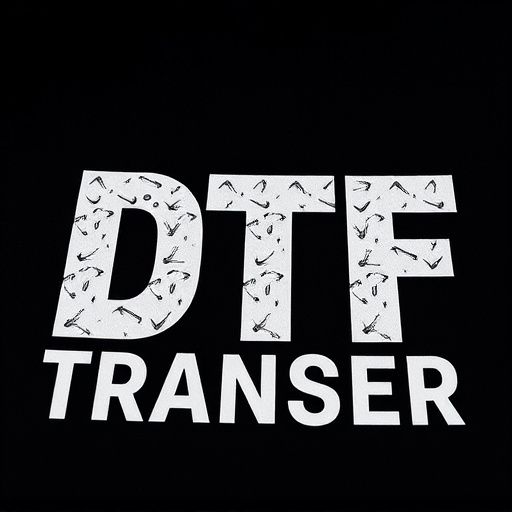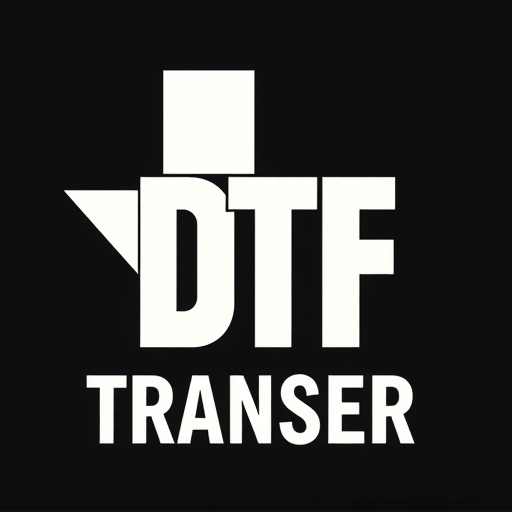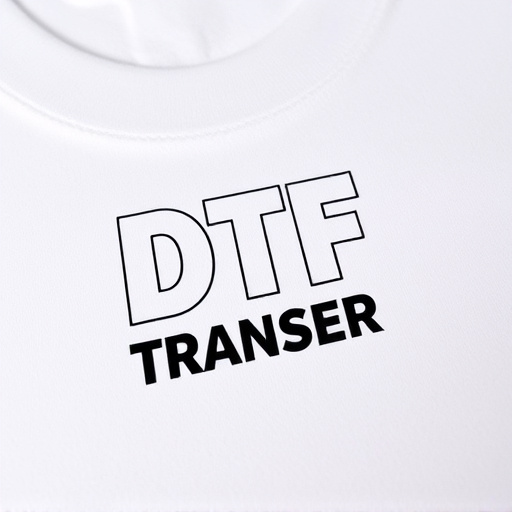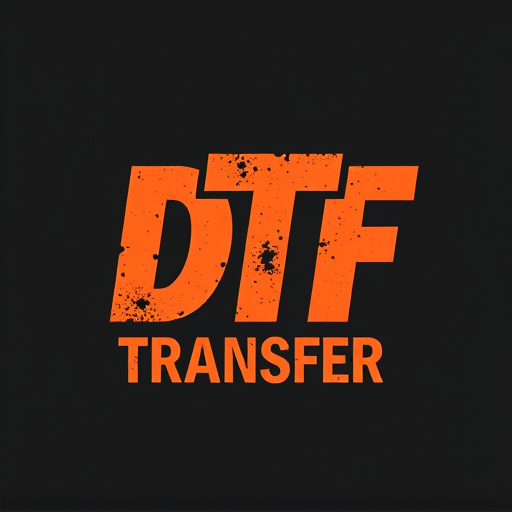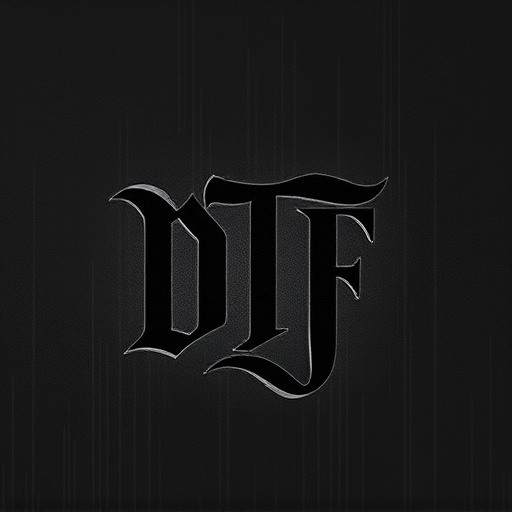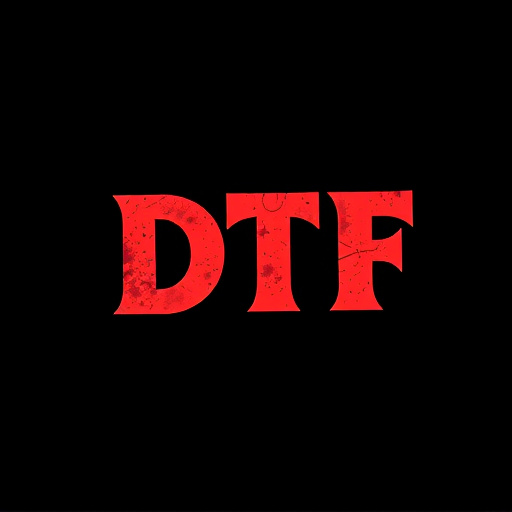Direct-to-Film (DTF) printing offers revolutionary quality and versatility, directly exposing emulsions to digital light for high-resolution, vibrant prints with superior detail preservation. The booming DTF market provides diverse services, focusing on HD/4K resolution, eco-friendly materials, and user-friendly interfaces. When evaluating DTF prints, consider key factors like DPI, color accuracy, and grayscale depth; compare pricing models, including bundles and subscription plans; and review user feedback and case studies for real-world performance insights.
Direct-to-film (DTF) printing has revolutionized the way we create physical copies of our digital content, offering a direct path from screen to press. This article delves into the world of DTF prints by evaluating various providers and their offerings. From understanding the fundamentals of DTF technology to analyzing key features, quality, pricing, and real-world user experiences, we aim to guide folks navigating this vibrant market. Uncover the best practices for selecting a DTF transfer service that meets your needs.
- Understanding Direct-to-Film (DTF) Prints: An Overview
- Market Trends and Popular DTF Providers
- Key Features to Consider in DTF Transfer Services
- Quality Analysis: Resolutions, Color Accuracy, and Grayscale Depth
- Cost Comparison and Pricing Models
- User Reviews and Case Studies: Real-World Experiences
Understanding Direct-to-Film (DTF) Prints: An Overview
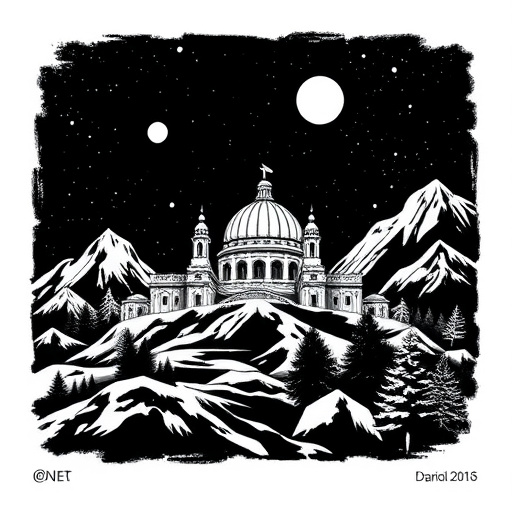
Direct-to-Film (DTF) prints represent a cutting-edge method in photography and art reproduction, offering unparalleled quality and versatility. This innovative process allows for the creation of high-resolution, accurate color recreations by directly exposing photographic emulsions to light from digital sources, such as lasers or LED lights. DTF prints are particularly prized for their ability to capture intricate details and vibrant colors, making them a popular choice among professional photographers, artists, and collectors.
Compared to traditional printing methods, DTF technology provides several advantages. It eliminates the need for intermediate scans or negatives, reducing potential loss of detail and color accuracy. Furthermore, DTF prints can be produced in various formats and finishes, from glossy to matte, catering to diverse artistic preferences and display requirements. This adaptability makes DTF an attractive option not only for fine art but also for commercial applications like signage, architectural illustrations, and even 3D printing masters.
Market Trends and Popular DTF Providers

The direct-to-film (DTF) printing market has witnessed a surge in popularity, driven by advancements in technology and the growing demand for high-quality, on-demand printing solutions. This trend is particularly evident in the film and photography industry, where professionals and enthusiasts alike seek convenient and cost-effective ways to reproduce their digital images onto physical media. As a result, a plethora of DTF providers have emerged, each offering unique features and products to cater to diverse needs.
Some of the most popular DTF providers include companies that specialize in high-resolution prints, eco-friendly materials, and user-friendly interfaces. These leaders in the market utilize cutting-edge technology to ensure accurate color reproduction, fast turnaround times, and a wide range of support for different file formats. Their products are designed to cater to both commercial and personal use cases, from fine art prints to promotional materials, solidifying their positions as go-to options for those seeking top-tier DTF services.
Key Features to Consider in DTF Transfer Services
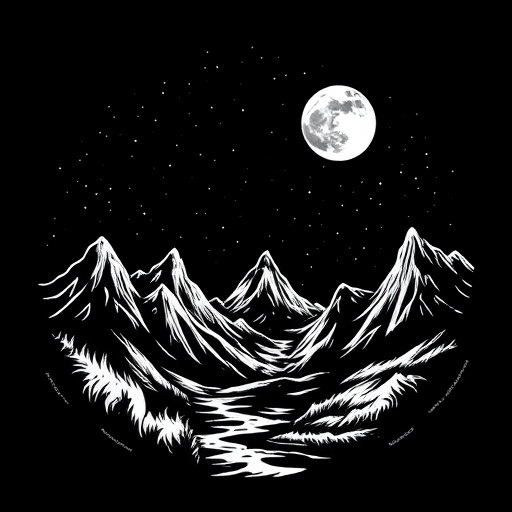
When evaluating Direct-to-Film (DTF) transfer services, several key features should capture your attention. Firstly, consider the quality of DTF Prints. Superior prints ensure that the final product resembles the original content accurately and with minimal distortion. Look for providers offering high-resolution printing technologies, such as HD or 4K, to guarantee crisp and detailed images.
Additionally, reliable DTF transfer services should provide a range of customization options. This includes the ability to choose from various print formats, finishes (matte or glossy), and even specific paper types tailored to your needs, whether for artistic expression or functional purposes. Timely turnaround and efficient customer support are also vital, ensuring you receive your prints promptly without compromising quality.
Quality Analysis: Resolutions, Color Accuracy, and Grayscale Depth
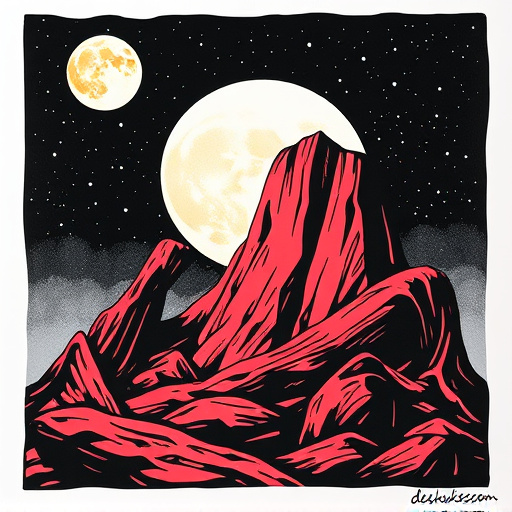
When evaluating DTF (Direct-to-Film) print quality, one of the most crucial aspects is the analysis of resolutions, color accuracy, and grayscale depth. Resolutions refer to the amount of detail that can be captured in an image, measured in dots per inch (DPI). Higher DPI means more intricate details are preserved, resulting in sharper images. Color accuracy ensures that the printed output accurately represents the original colors, vital for maintaining the artistic intent of the source material. Grayscale depth, measured in bits per color channel, dictates the range of shades available, enhancing or diminishing the overall richness and contrast of black and white images.
A high-quality DTF print should offer a resolution that captures fine details without pixelation or blurring. Color accuracy is paramount, especially for professionals requiring precise representation of colors in their prints. Similarly, ample grayscale depth ensures subtle tonal differences are not lost, enhancing the overall aesthetic appeal of monochromatic artworks. These technical aspects play a significant role in determining the excellence of DTF Prints and should be considered when selecting a provider to ensure you receive top-tier results.
Cost Comparison and Pricing Models

Direct-to-film (DTF) printing services offer a range of pricing models, and understanding the cost comparison between providers is essential for anyone looking to convert their film into digital prints. One key factor influencing prices is the resolution of the print; higher resolutions typically command premium rates due to the increased detail and quality involved. Providers often charge per print or per foot, with bundles or volume discounts available for larger orders. Some companies also offer subscription-based models, providing a steady stream of printing credits at a potentially lower rate.
When comparing costs, it’s crucial to consider not just the base price per DTF print but also any additional fees for special effects, custom framing, or expedited shipping. Online marketplaces and dedicated film print platforms can make side-by-side comparisons easier, allowing users to find the best value for their specific needs, whether they’re a professional seeking high-quality, archival prints or a hobbyist looking for an affordable way to preserve their favorite films.
User Reviews and Case Studies: Real-World Experiences

User reviews and case studies provide a window into the real-world experiences of individuals who have used various direct-to-film (DTF) print services. By reading firsthand accounts, potential customers can gain valuable insights into the quality, reliability, and customer service offered by different providers. Positive reviews often highlight the accuracy of color reproduction, the durability of the final prints, and the ease of use of the ordering process. Conversely, negative feedback may draw attention to issues like poor print quality, delayed deliveries, or unhelpful customer support.
Case studies, on the other hand, offer in-depth looks at how DTF Prints have been successfully integrated into various projects. These studies can detail everything from the initial consultation and design process to the final product and its impact. By examining these real-world applications, users can better understand the versatility and potential of DTF technology for their own needs, reinforcing the value of user reviews as a critical component in evaluating any new service or product.








